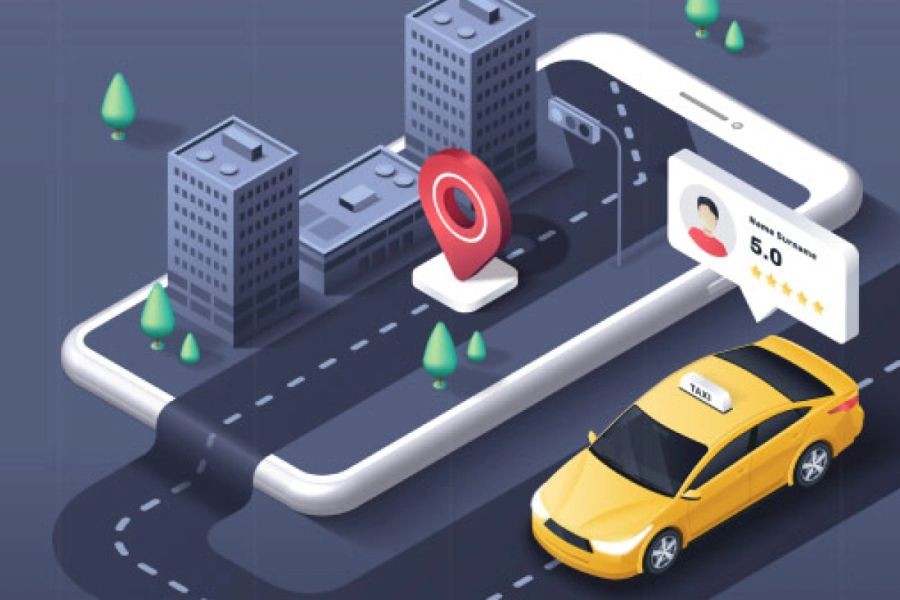In an era where environmental sustainability is at the forefront of global concerns, carpooling and ride-sharing have emerged as pivotal solutions to reduce carbon emissions. New Zealand, with its unique geographical landscape and burgeoning urban centers, offers a fertile ground for these eco-friendly transport solutions. But how do these methods specifically impact carbon emissions, and what role can they play in shaping New Zealand's transportation future?
The Impact of Carpooling and Ride-Sharing on Carbon Emissions
Carbon emissions from transportation are a significant contributor to global climate change, accounting for approximately 14% of greenhouse gases worldwide. In New Zealand, the transport sector is responsible for around 20% of total emissions, according to the Ministry for the Environment. Carpooling and ride-sharing present viable options for reducing these numbers by minimizing the number of vehicles on the road, thus lowering emissions per capita.
Pros of Carpooling and Ride-Sharing
- Reduced Traffic Congestion: By encouraging multiple passengers in a single vehicle, carpooling and ride-sharing can significantly decrease the number of cars on the road, leading to less congestion and shorter travel times.
- Lower Emissions: Fewer vehicles mean reduced carbon emissions. A study from the University of Auckland found that widespread adoption of these practices could cut emissions by up to 30% in urban areas.
- Cost Savings: Sharing a ride reduces fuel costs and vehicle maintenance expenses for individuals, making it an economically attractive option.
- Community Building: Carpooling fosters social interactions and community bonding, which are integral to New Zealand’s cultural ethos.
Cons of Carpooling and Ride-Sharing
- Privacy Concerns: Sharing rides with strangers can raise privacy and security concerns, which might deter potential users.
- Logistical Challenges: Coordinating pick-ups and drop-offs can be complex, particularly in less densely populated areas.
- Regulatory Hurdles: The integration of ride-sharing services into existing transport policies requires careful navigation of regulatory frameworks.
- Potential for Increased Traffic: In some cases, the convenience of ride-sharing might encourage more people to use cars instead of public transport.
How Carpooling and Ride-Sharing Work
At its core, carpooling involves two or more people sharing a ride in a private vehicle. Ride-sharing, exemplified by services like Uber and Ola, allows passengers to book rides via mobile apps, promoting better utilization of vehicles. These services leverage technology to match drivers with passengers traveling in the same direction, optimizing routes and minimizing idle time.
Case Study: Auckland's Ride-Sharing Revolution
In Auckland, ride-sharing has seen significant growth, particularly with the introduction of electric vehicles (EVs) into fleets. A partnership between the Auckland Transport Authority and private ride-sharing companies led to the deployment of 100 electric ride-share cars in 2022. This initiative resulted in a 25% reduction in carbon emissions per ride compared to traditional vehicles, according to a report by Auckland Transport.
Data-Driven Insights
According to Stats NZ, car ownership rates have seen a steady increase, yet public sentiment is shifting towards more sustainable modes of transport. The Ministry of Business, Innovation and Employment (MBIE) projects that by 2030, up to 40% of urban commutes could be made via shared services, dramatically reducing the carbon footprint of New Zealand's urban centers.
Addressing Common Myths and Mistakes
Myth: "Carpooling is inconvenient and time-consuming." Reality: With advancements in technology, coordinating carpooling has become seamless, with apps providing real-time tracking and route optimization.
Myth: "Ride-sharing only benefits urban areas." Reality: While urban areas see the most benefit, rural communities can also gain from reduced transportation costs and improved connectivity.
Myth: "Carpooling has little impact on emissions." Reality: A study by the University of Otago found that if 10% more Kiwis opted for carpooling, annual carbon emissions could be reduced by 450,000 tons.
Future Trends and Predictions
The future of carpooling and ride-sharing in New Zealand is promising. With the government's focus on sustainability, policies are increasingly supportive of these initiatives. By 2026, it is predicted that New Zealand will see a 50% increase in ride-sharing services, with a significant shift towards EVs, further reducing the carbon footprint.
Conclusion: Driving Towards a Greener Future
Carpooling and ride-sharing stand out as practical solutions for reducing carbon emissions in New Zealand. By embracing these methods, Kiwis can contribute to a more sustainable future while enjoying economic and social benefits. As these practices become more mainstream, they will play a critical role in shaping the country's transportation landscape. What steps will you take to integrate these eco-friendly practices into your daily commute?
People Also Ask
- How does ride-sharing impact businesses in New Zealand? Ride-sharing can reduce employee commute times and costs, improving productivity and job satisfaction.
- What are the biggest misconceptions about carpooling? Many believe carpooling is inconvenient, but modern apps have made it more accessible and efficient.
- What upcoming changes in New Zealand could affect ride-sharing? By 2026, policy updates could facilitate the expansion of EV fleets in ride-sharing services, reducing emissions further.
Related Search Queries
- New Zealand carpooling benefits
- Ride-sharing services in Auckland
- Environmental impact of carpooling
- Future of ride-sharing in New Zealand
- Electric vehicles in ride-sharing
































margoreda80312
7 months ago